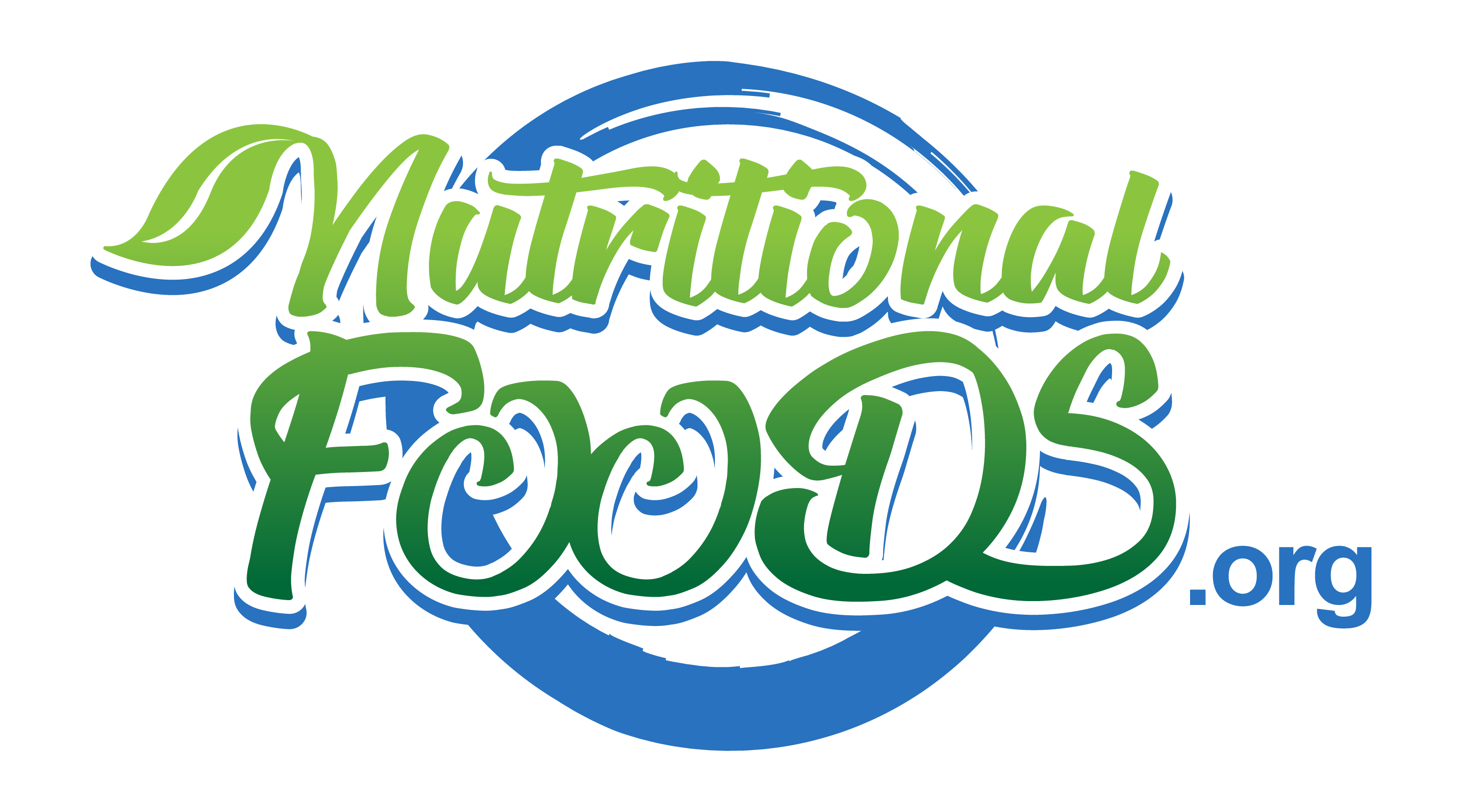How To Get A Nutritional Value Of A Food
It is well known that foods contain a variety of nutrients that help to keep you healthy. Enjoying a variety of foods is the first step to make sure you get all the vitamins and minerals you need. Another important step is to understand what affects the nutrients found in foods. Read on to learn how you can get the most nutrients from the foods you eat.
What affects the nutrients found in foods?
There are many things that can decrease the nutrients found in foods. Some of these factors include:
- How the food is prepared
- Cooking temperatures
- The amount of time since a food has been picked and
- The distance the food has travelled from the farm to your table
Vegetables and fruit in particular can lose their nutrients very quickly.
How can I retain the nutrients found in vegetables and fruit?
Try the tips below to retain the nutrients found in vegetables and fruit.
Don’t over-cook vegetables
- Try different ways of cooking vegetables like sautéing, steaming or baking. Try this vegetable stir fryor broiled asparagus.
- Use very small amounts of water and low heat when cooking. Soups and stews are a good way to retain nutrients that are usually lost in cooking water.
Use produce wisely
- Buy local produce that is picked fresh.
- Shop often and eat produce soon after you buy it.
- Avoid bruising your produce to avoid the loss of nutrients.
- Freeze and can vegetables and fruit to retain their nutrients and enjoy them throughout the year.
Grow your own food
- If possible, grow your own vegetables and fruit in the summer to cut back on storage and travel time.
Eat Plenty of Colors
As testing methods have become more sensitive, scientists have the ability to peer into our foods and tally up all the phytonutrients that may be beneficial. But experts say the ways in which our bodies may use and absorb these compounds are complicated. Therefore, many experts say it’s best not to fixate too much on how food is prepared. Instead, focus on eating more plant foods — of all colors.
Jeffrey Blumberg, an antioxidant expert at Tufts University, says “What’s important is that you find a way to cook that’s palatable to you so you’re getting lots of plant foods.”
How should you store your food?
Use different parts of your kitchen to maximise how much nutrition you get from your home cooked meals.
Remember that heat and light can degrade the nutrients in fruit and vegetables. Store all vegetables and leafy greens in the fridge. The exception is root vegetables, which should be kept at room temperature. Store fruits (including tomatoes and avocados) at room temperature and away from direct sunlight. A fruit bowl in a shaded part of the kitchen is ideal. You’ll see it regularly – which will encourage you to eat more fruit – but the produce will stay fresh.
Do you chop fresh vegetables and store them in the fridge that way? Squeeze some lemon juice over them and make sure the container is air tight. The vitamin C from the lemon will slow down the decaying process and keep chopped vegetables fresher for longer.
Herbs are a wonderful source of nutrition. Buy fresh herbs, and use this clever trick to keep them bursting with health benefits. Chop them, sprinkle them into ice cube trays, add a little water, and then freeze the herbs.
Foods which are high in Vitamin B, C, and folate should be eaten raw whenever possible. This includes seeds, peas, avocado, bell peppers, broccoli and Brussels sprouts. Try shredding them and eating as a salad.
